Hieronymus Bosch, just like the famous words of Winston Churchill, is a riddle, wrapped in a mystery, inside an enigma.
This probably comes as no surprise, as Bosch may not have pleased some of the more refined sensibilities of the 15th century culture that he was born into and perhaps this influenced his lack of documentation. Don’t get me wrong, the man was famous in his day, but I mean, the he has been dubbed “the devil's painter.” This was a time when artists were painting deities and formal portraiture, NOT people shoving fruit up their butts or any of the other zany stuff Bosch painted. A man before his time. Surely he would have fit better into the contemporary landscape of people canning their poop and jizzing on rags (ahem, Piero Manzoni and Marcel Duchamp, I’m looking at you) but he was not, and this is partially why people are so captivated by Bosch’s work: the sheer audacity, mystery, and potential mental illness that can be seen lingering in the depths of his oeuvre.
Much to the art world’s dismay, we know almost nothing about this Bosch character. He left behind a total of zero letters or diary entries for us to pick apart and therefore it is pretty much impossible for us to get a feel for his personality or what the heck was running through his head. We don’t even know the extent of his artwork since he rarely signed his paintings, therefore today there are only 25 paintings that historians can say with confidence are his.
There are a few factoids we do know though: he comes from a family of artists, he watched his town burn to the ground when he was a teen, he actually received recognition as an artist during his lifetime, he lived a very comfortable wealthy life, Leonardo DiCaprio's parents hung reproductions of Bosch’s work above his crib as a baby, and today his hometown of ‘s-Hertogenbosch holds an annual Bosch festival with a themed parade and floats. Frankly, there is a lot more we don't know about him but this does not stop people from doing some Sherlock Holmes-like sleuthing, which has resulted in some pretty amazing theories about this guy. For example, some now believe that Bosch may have dabbled in music as a recent closer analysis of his most iconic work, The Garden of Earthly Delights, revealed one man’s butt cheeks tattooed with musical notes. Since, people have replicated the notes and produced the “600-years-old butt song from Hell.” People have also assumed that his work should be reproduced on everything from Doc Martins to tights. Being that so much of his work is about gluttony, this all seems perfectly fitting.



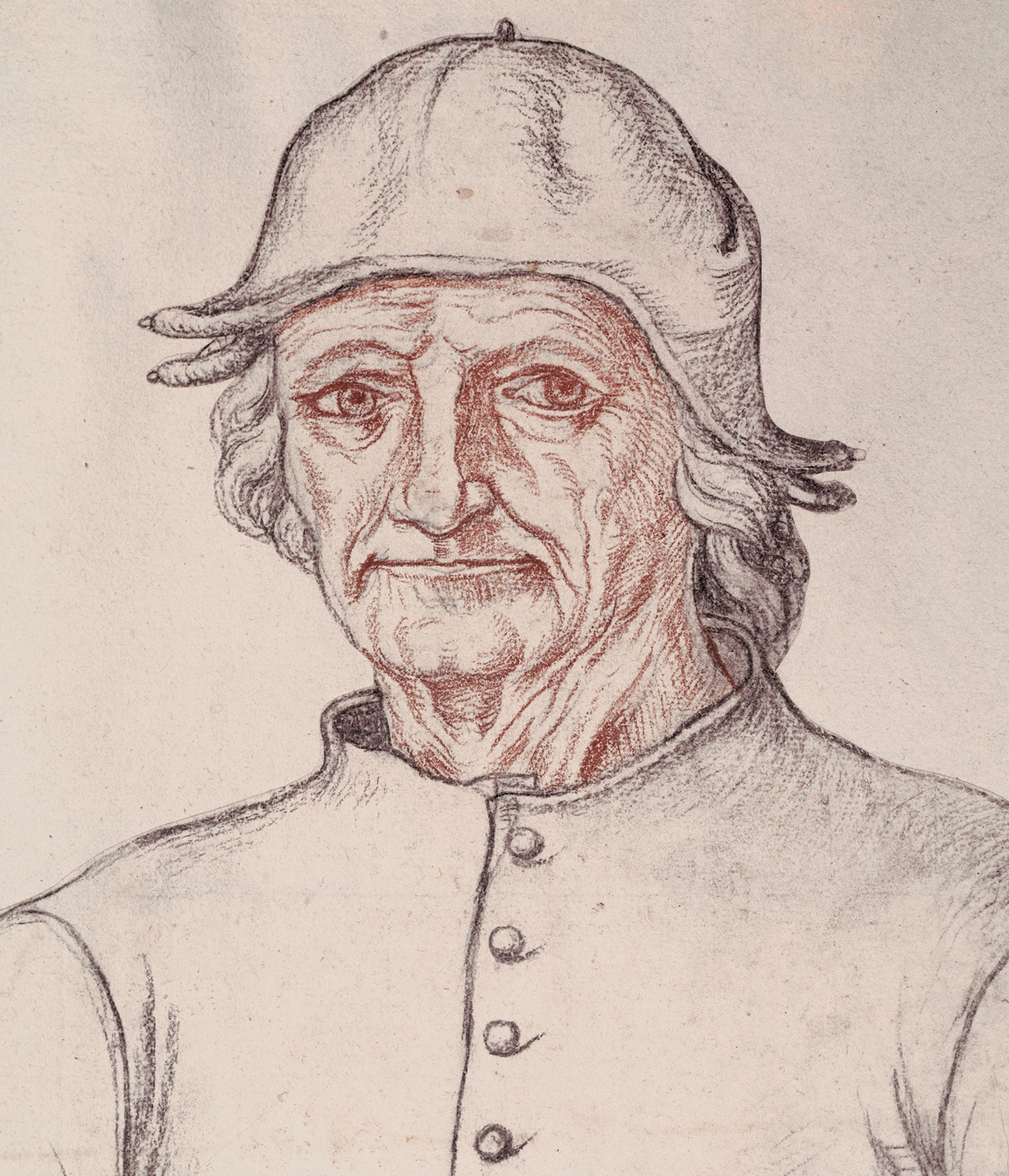
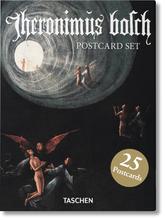
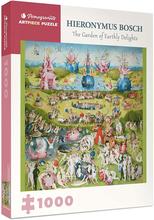
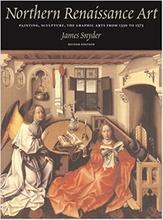
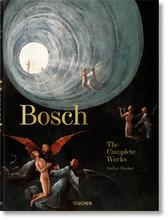
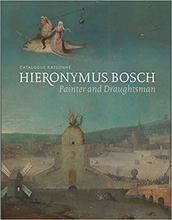
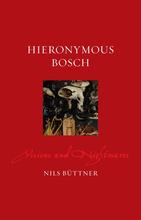

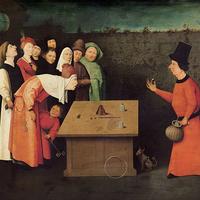
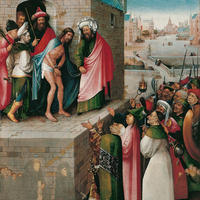
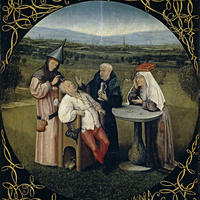
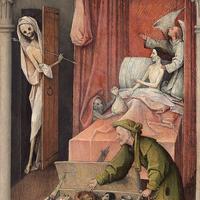
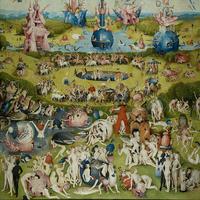













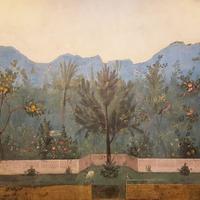
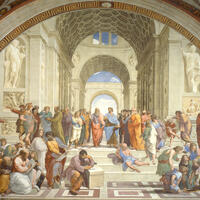
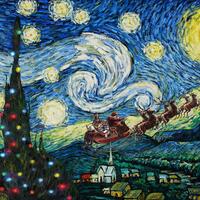

This is why time machine research is critically important. We need to go back to S'Hertogenbosch in 1514 and figure out who this guy was.